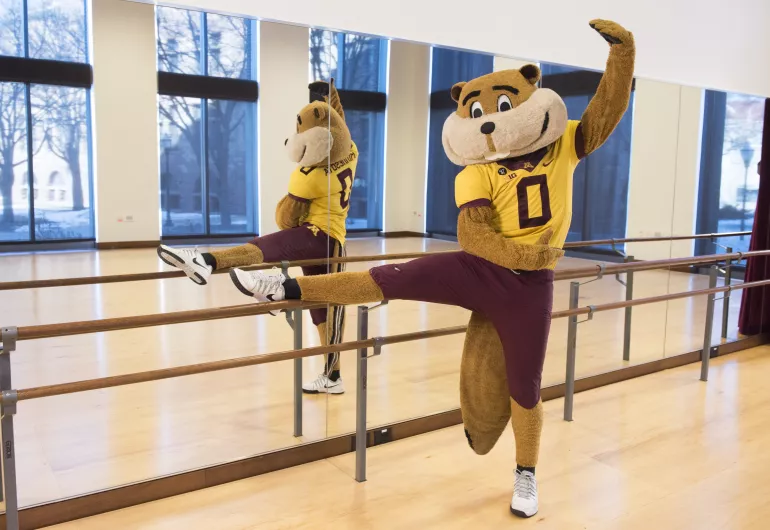
Learn about dance terms and language
Abstract: not depicting something in its original or literal form, but showing the essence of the idea or object.
Axial movement: a way of moving the body without traveling or moving through space: staying in one spot. Also called locomotor movement.
Balance: a state of stability with equal weight and energy on either side of the dancer’s “center”.
Choreography: the arrangement of movement in space and time. A series of moves set to music.
Contemporary Dance: a style of expressive dance that combines elements of several dance genres including but not limited to modern, jazz, hip-hop, lyrical, and classical ballet.
Costumes: used to help bring the choreographed dance to life and to help communicate a story or idea.
Creativity: the ability to go beyond traditional ideas, rules, and patterns in order to create meaningful new ideas, forms, methods , and interpretations.
Duet: two dancers performing together. .
Dynamics: the way in which movement is executed (i.e. wiggly, smooth).
Ensemble: a group of dancers performing together.
Energy: refers to the force applied to dance to accentuate the weight, attack, strength, and flow of a dancer’s movement. Adjectives such as explosive, smooth, free, restrained, wild, etc. describe some of the different types of energy that dancers can exhibit.
Excerpt: a part of a dance, not the whole dance.
Levels: utilizing different height ranges such as low, medium, and high movement.
Locomotor Movement: a movement that travels across the floor.
Phrase: a sequence of steps and gestures. Phrases make up a dance the same way that words are put together to form a sentence.
Rehearsal: practice in preparation of a public performance.
Repertory: the group of dances that are actively performed by a dance company.
Solo: a dance performed alone (one dancer) or set apart from the other dancers on stage.
Space: the area in which a dancer moves, encompassing level, direction, floor, pattern, shape, and design.
Spatial Pattern: the way the dancers move through the dance space and the group designs dancers make on the stage.
Technique: a set of skills which dancers develop to perform a certain dance form. Sometimes, particularly in modern dance, choreographers become famous for their own dance technique.
Tempo: the time, speed, or rhythm of the beats of a piece of music or the pace of any movement activity.
Trio: a dance for three people: a pas de trois.
Unison: the same movement or series of movements performed at the same time by more than one dancer.